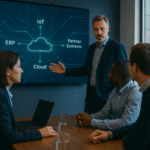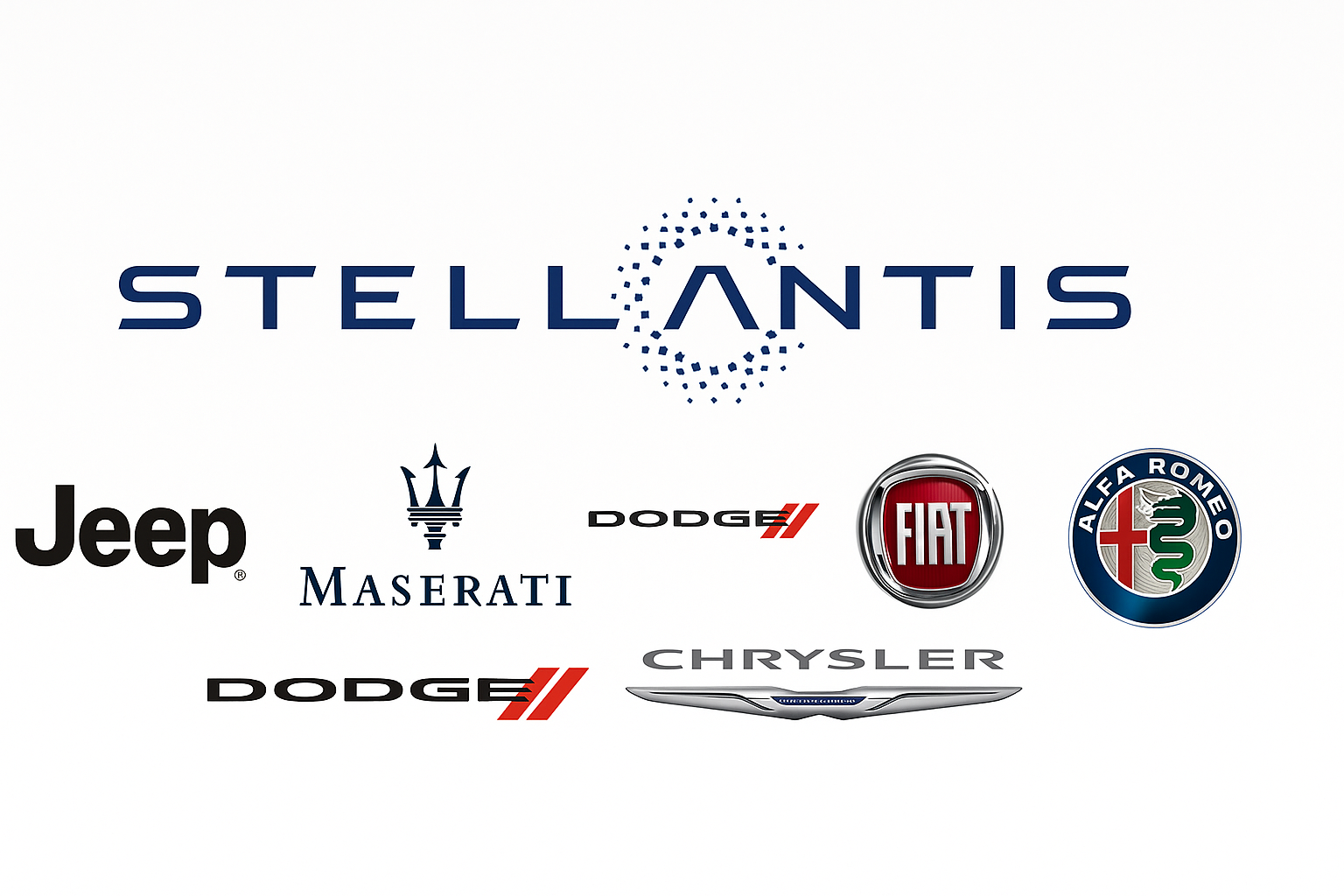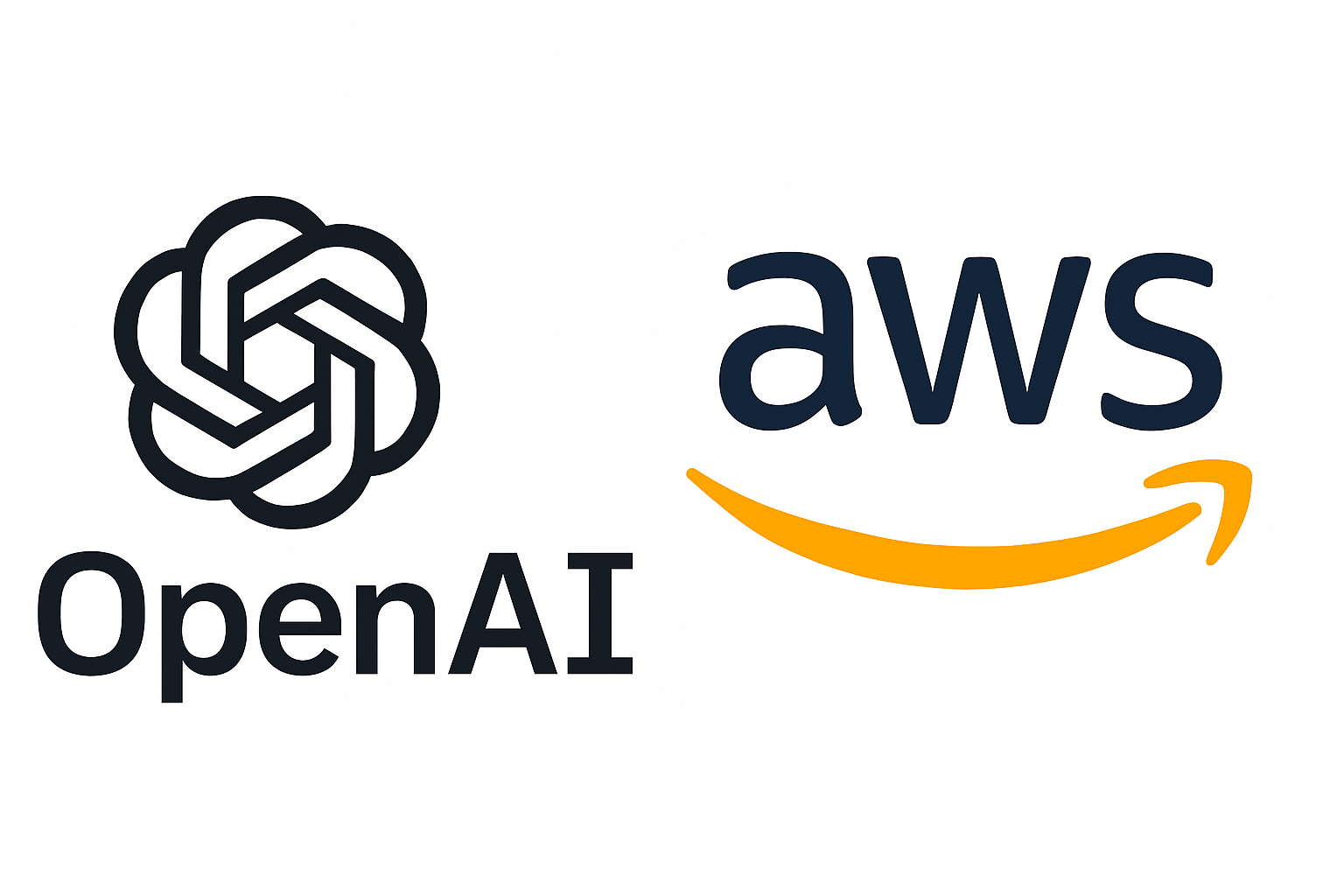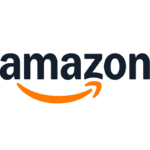Non classé
Securing the Chain: The Expanding Threat Landscape – Part 2 of a 10 Part Series
Published
20 heures agoon
By

Call to Action: Download the full guide to gain in-depth insights and practical frameworks that will help you lead the transformation towards a resilient supply chain.
The cyber threat environment is evolving at a pace that supply chain executives cannot afford to ignore. What once was the domain of amateur hackers experimenting with viruses has become an organized global economy of cybercrime-as-a-service, state-sponsored digital warfare, and AI-enabled attack vectors.
In today’s interconnected supply chain ecosystem, the attack surface is vast, heterogeneous, and porous. The same technologies that have improved visibility and efficiency, IoT sensors, cloud platforms, AI-driven forecasting, have also multiplied vulnerabilities. Every connected partner, every device, every API call is a potential doorway for intrusion.
This section explores the major categories of threats that define the modern supply chain cyber landscape.
1. Traditional Threats Evolving in New Directions
Ransomware
Once primarily targeting corporate desktops, ransomware now cripples OT (operational technology) environments, locking up warehouses, factories, and even shipping ports.
Attackers demand multimillion-dollar payments in cryptocurrency, betting that downtime costs will force compliance.
Phishing & Social Engineering
Phishing emails, texts, and calls remain the most common initial entry point.
The difference today: attackers craft messages with AI-powered personalization so convincing that even seasoned professionals can be fooled.
Insider Threats
Employees, contractors, or suppliers with legitimate access can become malicious actors, intentionally or by negligence.
Example: A subcontractor clicks a malicious link, providing attackers with access credentials to the broader enterprise.
2. Advanced Persistent Threats (APTs)
APTs represent the most dangerous cyber adversaries: well-funded, highly skilled groups (often state-backed) that infiltrate networks quietly, sometimes for months or years.
Tactics: stealthy infiltration, lateral movement, and long-term data exfiltration.
Motivation: not quick ransom, but strategic advantage, intellectual property theft, espionage, and sabotage.
Impact on supply chains: theft of sensitive supplier designs, disruption of critical infrastructure, destabilization of global trade routes.
3. IoT and OT Vulnerabilities
Supply chains are increasingly powered by edge technologies: connected trucks, smart containers, robotic picking systems, and industrial control systems (ICS).
IoT Risks:
Devices often lack robust security protocols.
Many ship with default passwords or unpatched firmware.
Attackers use them as “botnet soldiers” in distributed denial-of-service (DDoS) attacks.
OT Risks:
Systems designed for reliability, not cybersecurity (e.g., SCADA systems controlling port cranes).
Once isolated, now connected to IT networks for analytics, widening the attack surface.
A single compromised OT endpoint can paralyze operations.
4. Cloud and SaaS Ecosystem Risks
Cloud platforms and SaaS ecosystems have become the backbone of supply chain IT. While they bring agility, they also create concentration risk.
Shared Responsibility Gaps: Many organizations misunderstand where their responsibility ends and the cloud provider’s begins. Misconfigured storage buckets remain one of the top sources of breaches.
Supply Chain of SaaS: One SaaS vendor often relies on other providers, creating a hidden fourth-party exposure.
API Exploits: APIs are the glue of digital supply chains, but poorly secured APIs can expose sensitive transactional data.
5. AI-Powered Attacks
Attackers are beginning to leverage the same AI tools enterprises are adopting.
Automated Phishing Campaigns: AI generates personalized lures at scale, with near-perfect language and tone.
Deepfake Social Engineering: Synthetic voice or video can impersonate executives to authorize fraudulent transactions.
Data Poisoning: Manipulating the training data of AI models to skew forecasting or decision outputs.
Adversarial Attacks: Subtle manipulations of data inputs that cause AI systems to misclassify or misinterpret, e.g., confusing a vision system in a warehouse robot.
6. The Supply Chain “Attack Lifecycle Approach”
Modern attackers don’t strike at random. They use an Attack Lifecycle Approach:
Reconnaissance: Mapping the extended ecosystem, identifying weak vendors.
Initial Access: Phishing, exploiting a misconfigured API, or using stolen credentials.
Lateral Movement: Expanding across interconnected systems (ERP → WMS → supplier portals).
Privilege Escalation: Gaining administrator rights.
Impact: Ransom, data theft, sabotage, or disruption of operations.
Supply chains, with their many interdependencies, provide attackers with abundant opportunities at each stage.
7. Case Examples from the Field
JBS Foods (2021): A ransomware attack on the world’s largest meat processor shut down operations in the U.S., Canada, and Australia, leading to supply shortages and an $11 million ransom payment.
Kaseya (2021): Hackers exploited IT management software to infiltrate hundreds of downstream customers, highlighting how fourth-party dependencies magnify risk.
Toll Group (2020): The Australian logistics company suffered two separate ransomware attacks in the same year, halting deliveries and costing tens of millions.
These cases illustrate that no node in the chain is too large or too small to be exploited.
8. Why Supply Chains Are Uniquely Exposed
High number of third parties: Each supplier multiplies risk.
Global dispersion: Differing regulatory environments and uneven security standards.
Operational urgency: Pressure to keep goods moving often means cyber hygiene is deprioritized.
Low visibility: Many firms lack a clear map of all their digital dependencies.
9. Executive Response: Threat Awareness as Strategy
Executives must internalize that awareness of threats is not enough; proactive defense is essential. Key actions include:
Investing in threat intelligence specific to supply chains.
Regular red-teaming and penetration testing across both IT and OT systems.
Cybersecurity scorecards for vendors and partners.
AI-driven anomaly detection to spot unusual activity early.
Executive Takeaways from Part 2
The supply chain threat landscape is expanding and accelerating.
Traditional risks like ransomware and phishing are evolving with AI precision.
IoT, OT, and cloud dependencies create new vulnerabilities.
Advanced persistent threats and kill chain strategies target interdependencies.
Supply chains are uniquely attractive because of their complexity and criticality.
Executive action is required now, proactive monitoring, risk scoring, and ecosystem vigilance.
Looking Ahead
In Part 3: Mapping the Digital Supply Chain, we will turn inward, exploring how to map digital interdependencies across ERP, SaaS, IoT, and partner systems to understand exactly where the risks lie.
Call to Action: Download the full guide to gain in-depth insights and practical frameworks that will help you lead the transformation towards a resilient supply chain.
The post Securing the Chain: The Expanding Threat Landscape – Part 2 of a 10 Part Series appeared first on Logistics Viewpoints.
You may like
Non classé
Join us for Tomorrow’s Webinar: Building a Sustainable Supply Chain: Turning Commitments into Competitive Advantage
Published
18 heures agoon
3 novembre 2025By

Sustainability has moved beyond corporate responsibility. Today, it’s a core element of supply chain performance and brand value. Organizations across every sector are rethinking how materials are sourced, products are moved, and data is managed to reduce emissions, improve efficiency, and strengthen resilience.
Join us for an in-depth Logistics Viewpoints webinar on Sustainability in the Supply Chain, where industry leaders will share how they are embedding environmental and social responsibility into the fabric of their operations. This session will explore practical steps for achieving measurable progress — not just pledges — in areas such as supplier engagement, energy management, and circular logistics.
Key topics include:
Proven frameworks for integrating sustainability into procurement and manufacturing
Tools and metrics for tracking emissions and improving data visibility
How transparency and collaboration can reduce risk and enhance competitiveness
Lessons learned from companies leading the charge toward carbon-smart logistics
Our expert panel will focus on real-world case studies and actionable takeaways, giving attendees insights they can immediately apply to strengthen their sustainability programs.
Whether your organization is just beginning its journey or refining an established strategy, this webinar offers a roadmap to align sustainability goals with measurable business outcomes.
Register now to join us live and learn how forward-thinking companies are transforming sustainability from a compliance obligation into a competitive advantage.
The post Join us for Tomorrow’s Webinar: Building a Sustainable Supply Chain: Turning Commitments into Competitive Advantage appeared first on Logistics Viewpoints.
Non classé
Stellantis: $13 Billion, 5,000 Jobs, and a New U.S. Manufacturing Strategy, Reshaping the North American Supply Chain
Published
18 heures agoon
3 novembre 2025By

AUBURN HILLS, MI. Stellantis announced plans to invest $13 billion over the next four years to expand its U.S. manufacturing footprint. The initiative will add more than 5,000 jobs across Illinois, Ohio, Michigan, and Indiana and increase U.S. vehicle production by about 50 percent.
The investment will fund five new vehicle programs, 19 product refreshes, and a new four-cylinder engine program. It is the company’s largest single U.S. investment and signals a long-term commitment to both internal combustion and electrified vehicle platforms.
“This investment in the U.S. will drive our growth, strengthen our manufacturing footprint, and bring more American jobs to the states we call home,” said Antonio Filosa, Stellantis CEO and North America COO. “As we begin our next 100 years, we are putting the customer at the center of our strategy, expanding our vehicle offerings, and giving them the freedom to choose the products they want and love.”
“Accelerating growth in the U.S. has been a top priority since my first day,” Filosa added. “Success in America is not just good for Stellantis in the U.S. It makes us stronger everywhere.”
State-by-State Overview
Illinois: Belvidere Plant Reopening
Stellantis will invest $600 million to reopen the Belvidere Assembly Plant for production of two Jeep models, the Cherokee and Compass, beginning in 2027. The project is expected to create 3,300 jobs.
Ohio: New Midsize Truck Production
About $400 million will fund production of an all-new midsize truck at the Toledo Assembly Complex, joining the Jeep Wrangler and Gladiator lines. The move will add about 900 positions when production begins in 2028. Additional upgrades are planned across Toledo operations to support ongoing Jeep production.
Michigan: Large SUV and Dodge Durango Successor
At the Warren Truck Assembly Plant, Stellantis will invest $100 million to produce a new large SUV available in both range-extended EV and combustion formats. The launch, expected in 2028, will add 900 jobs. Another $130 million will prepare the Detroit Assembly Complex, Jefferson, for the next-generation Dodge Durango, slated for production in 2029.
Indiana: New Engine Program
In Kokomo, Stellantis will invest more than $100 million to build the new GMET4 EVO four-cylinder engine. Production is set to begin in 2026 and will add about 100 jobs.
Supply Chain and Logistics Considerations
The Stellantis plan reflects a larger trend toward regionalized manufacturing and shorter supply chains. By expanding production in the Midwest, Stellantis is reducing exposure to overseas logistics risks and shipping delays that have challenged the industry in recent years.
Reopening Belvidere and expanding operations in Toledo and Kokomo will strengthen domestic supplier ecosystems for components such as engines, drivetrains, and electronics. Adding dual powertrain lines, both EV and ICE, will require parallel material streams and more sophisticated synchronization between inbound logistics, supplier planning, and workforce scheduling.
At the same time, expansion across multiple states increases the complexity of coordination and sourcing. Tier-1 suppliers will need to adjust production capacity, labor allocation, and transportation networks to align with Stellantis’ new programs. Global lead times for critical components such as semiconductors, battery modules, and sensors remain unpredictable, requiring early-stage visibility and contingency planning.
For the broader supply chain, the challenge lies in maintaining steady component availability while scaling new vehicle lines and managing cost pressures tied to both traditional and electrified platforms.
Outlook
Stellantis operates 34 U.S. facilities across 14 states and employs more than 48,000 people. This new investment deepens that footprint and aligns with an operational goal of building greater resilience and control within the domestic production network.
For supply chain leaders, Stellantis’ move highlights the continued shift toward regional production, flexible sourcing strategies, and closer collaboration between OEMs and their supplier networks. The focus now is not just on capacity but on stability, adaptability, and execution across interconnected plants and partner
The post Stellantis: $13 Billion, 5,000 Jobs, and a New U.S. Manufacturing Strategy, Reshaping the North American Supply Chain appeared first on Logistics Viewpoints.
Non classé
OpenAI and AWS Forge $38B Alliance, Microsoft Exclusivity Ends, New Multi-Cloud AI Compute Era Begins
Published
18 heures agoon
3 novembre 2025By

OpenAI has entered into a multi-year, $38 billion agreement with Amazon Web Services, formally ending its exclusive reliance on Microsoft Azure for cloud infrastructure. The deal, announced today, represents a fundamental realignment in the cloud compute ecosystem supporting advanced AI workloads.
Under the agreement, OpenAI will immediately begin running large-scale training and inference operations on AWS, gaining access to hundreds of thousands of NVIDIA GPUs hosted on Amazon EC2 UltraServers, along with the ability to scale across tens of millions of CPUs over the next several years.
“Scaling frontier AI requires massive, reliable compute,” said Sam Altman, OpenAI’s CEO. “Our partnership with AWS strengthens the broad compute ecosystem that will power this next era.”
A Structural Shift Toward Multi-Cloud AI
This marks the first formal infrastructure partnership between OpenAI and AWS. Since 2019, Microsoft has provided the primary compute backbone for OpenAI, anchored by a $13 billion investment and multi-year Azure commitment. That exclusivity expired earlier this year, opening the door to a multi-provider model.
AWS now becomes OpenAI’s largest secondary partner, joining smaller agreements already in place with Google Cloud and Oracle, and positioning itself as a co-equal pillar in OpenAI’s global compute strategy.
“AWS brings both scale and maturity to AI infrastructure,” noted Matt Garman, AWS CEO. “This agreement demonstrates why AWS is uniquely positioned to support OpenAI’s demanding AI workloads.”
Infrastructure Scope and Deployment
The deployment will include clusters of NVIDIA GB200 and GB300 GPUs linked through UltraServer nodes engineered for low-latency, high-bandwidth interconnects. The architecture supports both model training and large-scale inference, applications such as ChatGPT, Codex, and next-generation multimodal systems.
AWS has already begun allocating capacity, with full deployment expected by late 2026. The framework also includes options for expansion into 2027 and beyond, giving OpenAI flexibility as model complexity and usage continue to grow.
Continued Microsoft Collaboration
Despite the AWS deal, OpenAI maintains its strategic and financial relationship with Microsoft, including a separate $250 billion incremental commitment to Azure. The move reflects a deliberate multi-cloud posture, a strategy increasingly favored by large-scale AI developers seeking to balance cost, access to specialized chips, and platform resiliency.
Implications for Supply Chain and Infrastructure Leaders
This announcement underscores several macro-trends relevant to logistics and industrial technology executives:
AI Infrastructure Is Becoming a Supply Chain of Its Own
Cloud capacity, GPUs, and networking fabric are now constrained global commodities. Long-term compute contracts mirror procurement models traditionally seen in manufacturing or energy, locking in scarce resources ahead of demand.
Multi-Cloud Neutrality Reduces Vendor Lock-In
The shift toward multiple cloud providers parallels how diversified sourcing reduces single-supplier risk. Expect enterprise buyers to apply similar logic when procuring AI infrastructure and software services.
Operational AI at Scale Requires Cross-Vendor Interoperability
As companies like OpenAI distribute workloads across ecosystems, interoperability standards, ranging from APIs to data-plane orchestration, will become critical for continuity, performance, and governance.
CapEx Discipline Returns to the Forefront
With multi-year AI compute deals now exceeding $1.4 trillion in aggregate commitments across the sector, CFOs and CIOs are under pressure to evaluate utilization efficiency and long-term ROI of their AI infrastructure spend.
Broader Market Context
AWS’s win follows similar capacity expansions with Anthropic and Stability AI, but this partnership represents its highest-profile AI infrastructure engagement to date. It also signals that OpenAI intends to maintain independence in its technical roadmap, balancing strategic investors with diversified operational suppliers.
The timing is notable: OpenAI recently restructured its governance model to simplify corporate oversight, a move analysts interpret as preparation for a potential IPO that could value the company near $1 trillion.
AWS stock rose approximately 5 percent following the announcement, reflecting investor confidence in the long-term demand for AI-class compute.
Outlook
For the logistics and manufacturing sectors, the implications extend beyond software. The same GPU-based data centers that train language models are also powering digital twins, simulation models, and optimization engines increasingly embedded in supply chain planning.
As hyperscalers compete for AI workloads, enterprises should expect faster innovation in distributed computing, lower latency connectivity, and new pay-as-you-go models designed for AI-intensive industrial applications.
Summary
The $38 billion OpenAI–AWS partnership marks a decisive end to Microsoft’s exclusivity and a broader normalization of multi-cloud AI ecosystems.
For technology and supply-chain leaders, it serves as a reminder: compute itself has become a strategic resource, one that must now be sourced, diversified, and managed with the same rigor once reserved for physical inventory.
The post OpenAI and AWS Forge $38B Alliance, Microsoft Exclusivity Ends, New Multi-Cloud AI Compute Era Begins appeared first on Logistics Viewpoints.


Join us for Tomorrow’s Webinar: Building a Sustainable Supply Chain: Turning Commitments into Competitive Advantage

Stellantis: $13 Billion, 5,000 Jobs, and a New U.S. Manufacturing Strategy, Reshaping the North American Supply Chain

OpenAI and AWS Forge $38B Alliance, Microsoft Exclusivity Ends, New Multi-Cloud AI Compute Era Begins
Ex-Asia ocean rates climb on GRIs, despite slowing demand – October 22, 2025 Update

Walmart and the New Supply Chain Reality: AI, Automation, and Resilience
Unlocking Digital Efficiency in Logistics – Data Standards and Integration
Trending
- Non classé2 semaines ago
Ex-Asia ocean rates climb on GRIs, despite slowing demand – October 22, 2025 Update
-

 Non classé8 mois ago
Non classé8 mois agoWalmart and the New Supply Chain Reality: AI, Automation, and Resilience
- Non classé12 mois ago
Unlocking Digital Efficiency in Logistics – Data Standards and Integration
-

 Non classé3 mois ago
Non classé3 mois agoSupply Chain and Logistics News August 4th – August 7th 2025
-

 Non classé3 mois ago
Non classé3 mois agoBlue Yonder Acquires Optoro to Revolutionize Returns Management
-

 Non classé7 mois ago
Non classé7 mois agoAmazon and the Shift to AI-Driven Supply Chain Planning
-

 Non classé1 an ago
Non classé1 an agoHow Many Warehouses Does the US Have? Nobody Knows
-

 Non classé5 mois ago
Non classé5 mois agoDifferentiating Home Delivery: The Gen Z Factor
